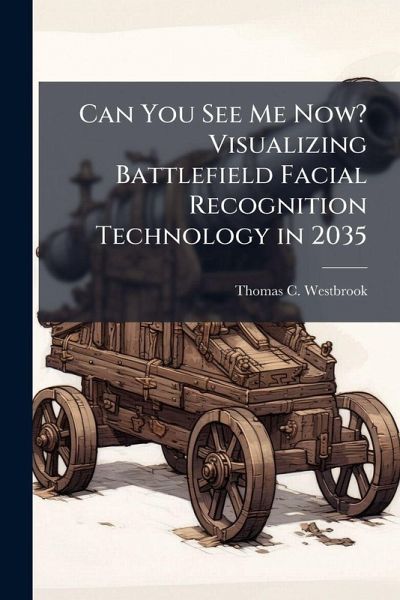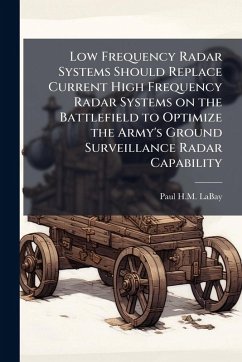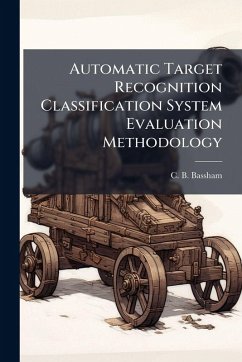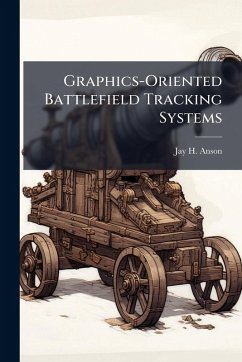
Can You See Me Now? Visualizing Battlefield Facial Recognition Technology in 2035
Versandkostenfrei!
Versandfertig in über 4 Wochen
14,99 €
inkl. MwSt.
Weitere Ausgaben:

PAYBACK Punkte
7 °P sammeln!
Facial recognition technology will create the capability to provide positive identification of persons in a battlefield environment in the year 2035. This paper examines the state-of-the-art in facial recognition technology in the areas of access control and law enforcement. The technologies are then projected forward to examine a notional facial recognition system in the year 2035 and examine its components. In discussions with biometric experts from both the United States and United Kingdom, the viability of such a system is examined. Challenges, both in the technology and political/bureaucr...
Facial recognition technology will create the capability to provide positive identification of persons in a battlefield environment in the year 2035. This paper examines the state-of-the-art in facial recognition technology in the areas of access control and law enforcement. The technologies are then projected forward to examine a notional facial recognition system in the year 2035 and examine its components. In discussions with biometric experts from both the United States and United Kingdom, the viability of such a system is examined. Challenges, both in the technology and political/bureaucratic realms, are examined and possible solutions are posited. The paper poses three scenarios in which a facial recognition system could be of use to Coalition forces operating in a counterinsurgency environment. These three scenarios--passive identification in a crowd, intelligence source verification, and sector control--show the range of applications for facial recognition on the battlefield. The paper concludes with a roadmap to assist in the focusing of research and allocation of resources as facial recognition technology evolves. With appropriate levels of effort, a technology that is currently capable only in very controlled conditions will evolve into a viable system for positive identification on the battlefield by the year 2035. This work has been selected by scholars as being culturally important, and is part of the knowledge base of civilization as we know it. This work was reproduced from the original artifact, and remains as true to the original work as possible. Therefore, you will see the original copyright references, library stamps (as most of these works have been housed in our most important libraries around the world), and other notations in the work. This work is in the public domain in the United States of America, and possibly other nations. Within the United States, you may freely copy and distribute this work, as no entity (individual or corporate) has a copyright on the body of the work. As a reproduction of a historical artifact, this work may contain missing or blurred pages, poor pictures, errant marks, etc. Scholars believe, and we concur, that this work is important enough to be preserved, reproduced, and made generally available to the public. We appreciate your support of the preservation process, and thank you for being an important part of keeping this knowledge alive and relevant.












